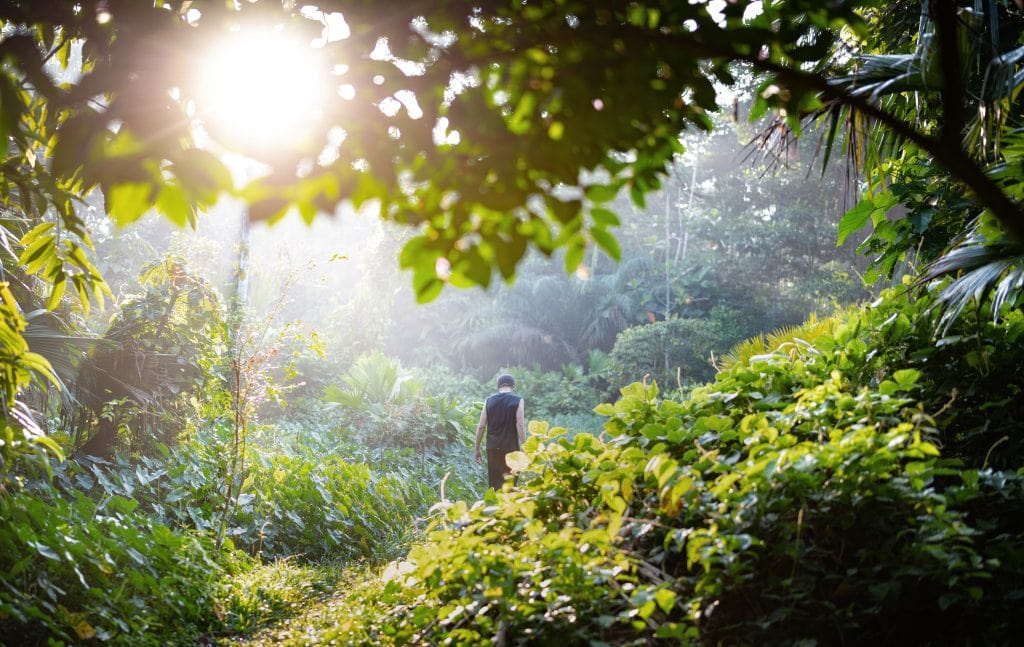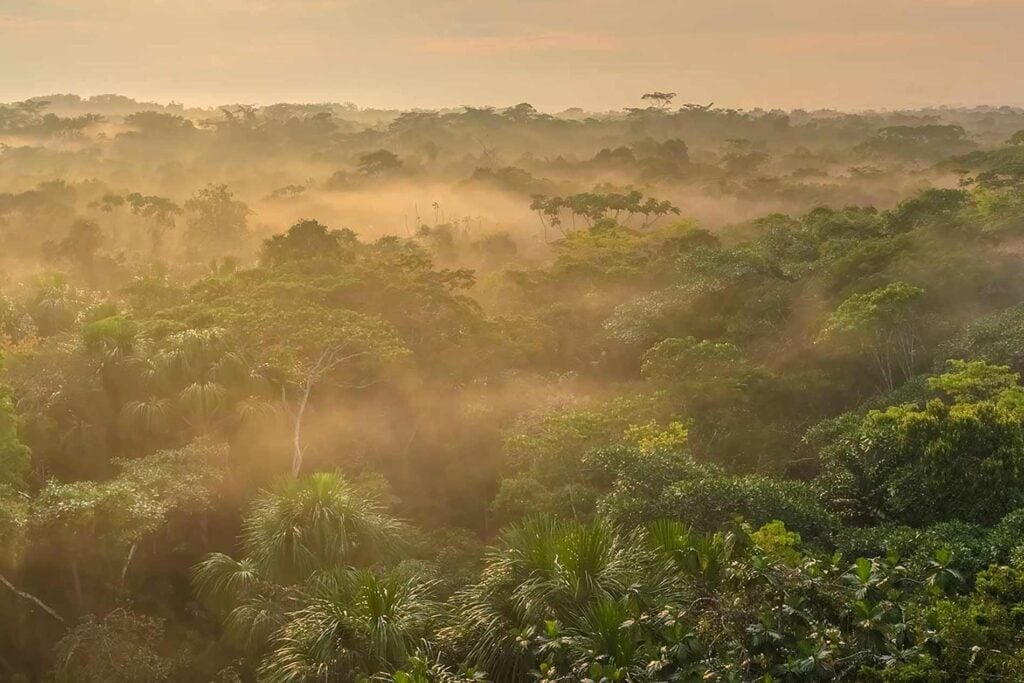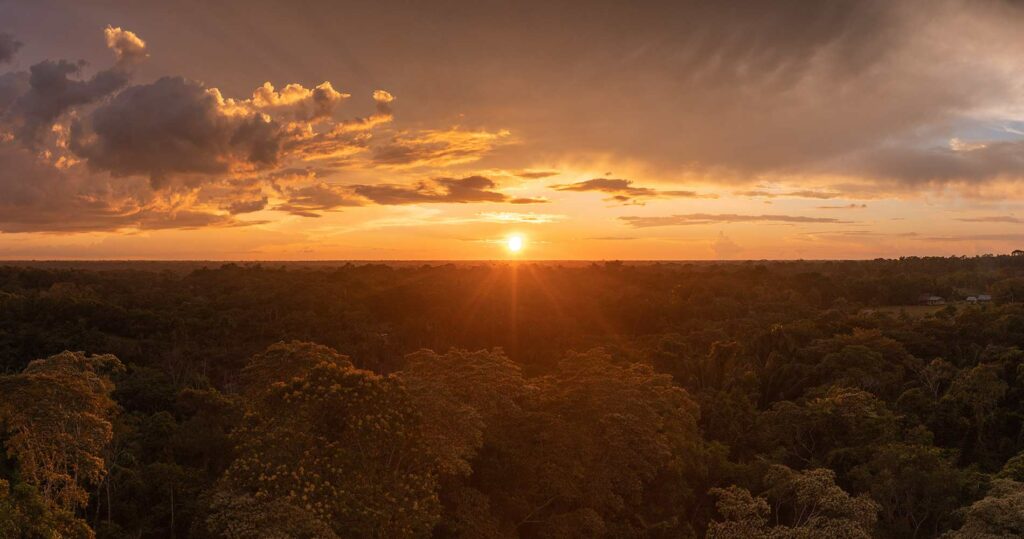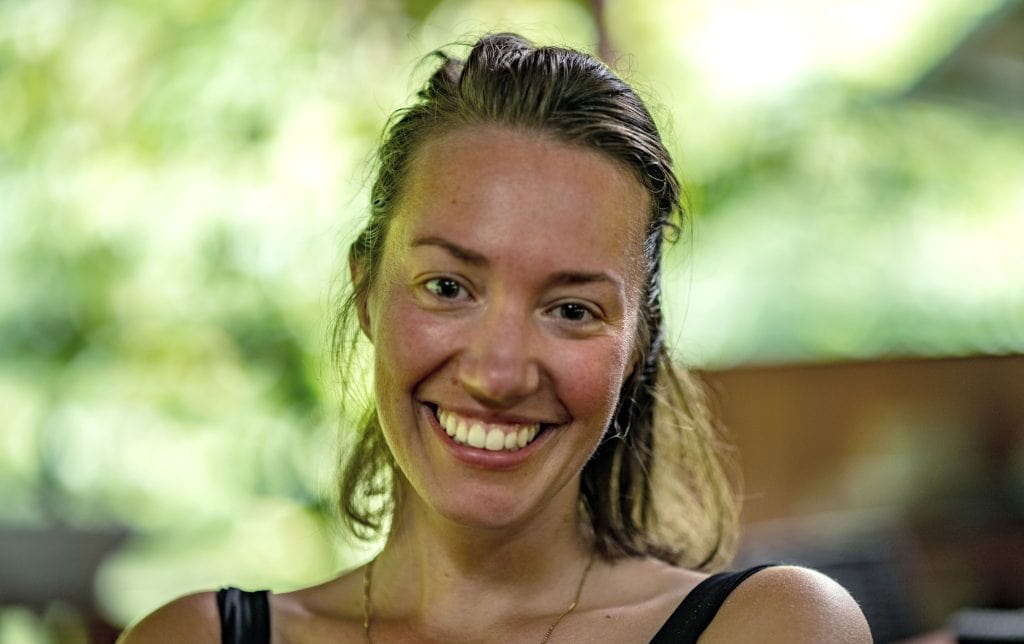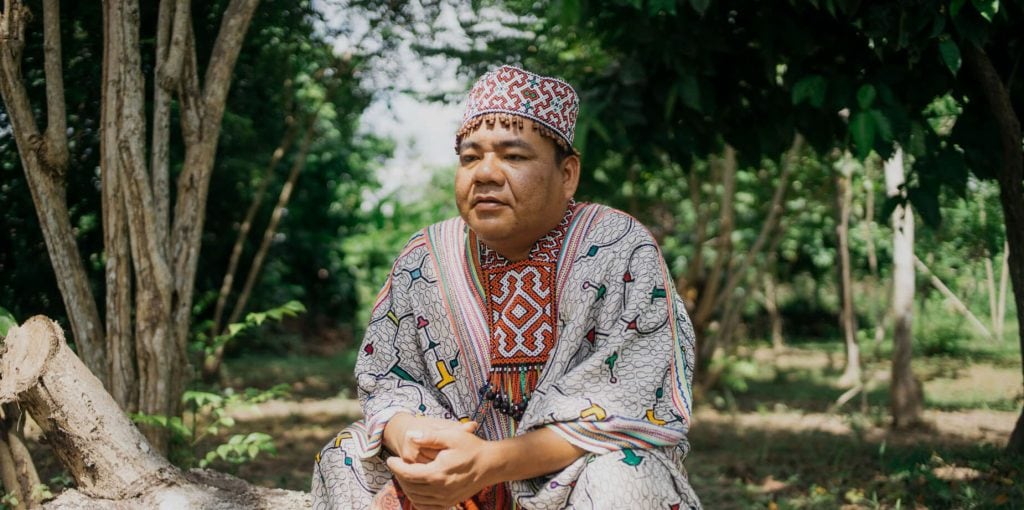Ayahuasca Retreats
at The Temple

- 12 Days
Living in Alignment: Ayahuasca Healing Retreat
The backbone of our work and regular retreat offering, providing an immersion in traditional Shipibo plant-spirit healing complemented with yoga classes, individual and group support, and powerful methods of self-inquiry.
- 12-Days
Healthcare Practitioners Ayahuasca Retreat
This special 12-day ayahuasca retreat is designed to ‘heal the healers’ and is offered only for healthcare professionals in medical and mental health settings.
- 12 Days + 5 Days
Ayahuasca Healing Retreat + 5-Day Integration Retreat
A 12-Day ‘Living in Alignment’ Ayahuasca Healing Retreat with an added 5-day Integration Extension Retreat at the Temple.
- 3 Months
Residency Program
The Temple’s Residency Program is an opportunity for previous Temple guests who are looking to continue their healing work with ayahuasca, would like to spend a longer period of time at the Temple, and have a strong calling to be in service and support our mission
- 14-28 Days
Traditional Plant Dietas at Shipibo Rao
We are honored to support Maestro José Lopéz Sanchez and his healing center Shipibo Rao, located near Pucallpa, in the Ucayali region. The next level in deep healing, plant-spirit dietas are only available, and safe, for people with prior experience with ayahuasca.
- New!
Integration Program
Connect, share, and receive support and guidance from the Temple team, integration specialists, and Shipibo Onanyabo.
Continue your healing, self-transformation, and spiritual awakening with our loving and inspiring online community. Exclusively for previous Temple guests, at any stage of your integration journey.
Why Our Ayahuasca Retreats
Female and Male Shipibo Healers
All ayahuasca retreats at the Temple are led by four Shipibo healers (two female and two male) who are supported by a female herbalist, three westerner facilitators, and a large staff of over 50 local people. Our Shipibo healers are masters of ayahuasca healing who safely, responsibly and expertly guide our guests' experiences throughout each retreat.
More About Our HealersSafe Ayahuasca Retreats
The safety of our guests is paramount. We offer the safest ayahuasca healing experience in the Amazon. We have developed the most stringent health and safety protocols available on any ayahuasca retreat in Peru. Our commitment to guests begins with in-depth medical and psychological screening during our booking procedure and continues after the retreat through our integration support. Guiding you safely through deep personal healing and growth is our priority.
More About SafetyPreparation
All guests are sent a guidebook with extensive advice on how best to prepare for ayahuasca retreats at the Temple. We also offer one on one preparation sessions with one of our integration specialists. Due to the non-linear nature of plant-spirit healing, your healing process actually begins the moment you commit to coming to the Temple.
More About PreparationFacilities and Accommodation
We are located in an extraordinarily beautiful jungle setting, two hours from Iquitos, in the Peruvian Amazon. All guest accommodation is in comfortable private bungalows spread throughout our extensive grounds, surrounded by medicinal plants, trees, ayahuasca vines, native flowers, and ornamentals, as well as permaculture projects, fish farms, demonstration agroforestry plots, and our own food production sites.
More About Facilities and AccommodationIntegration
The medicine does not stop working when the ceremony ends or when the retreat is over. Ayahuasca initiates an ongoing process of healing and increasing awareness that rises over time, often taking months or years. The goal of integration is to maximize that healing process.
More About IntegrationFAQs
It is very common to have many questions before deciding to come to our ayahuasca retreats. Here we answer to the most frequent questions that people usually asks us. If you can’t find yours, please contact us.
Go to FAQs

“This is the highest standard for deep Shipibo, amazonian indigenous ayahuasca healing retreats”
